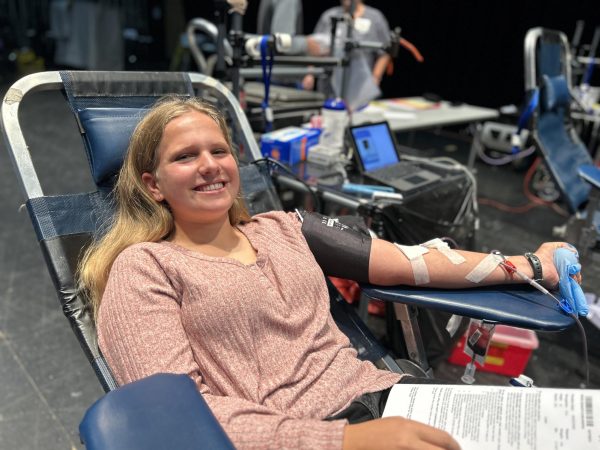Remote spacecraft successfully lands on comet
On Nov. 12, history was made as a remote probe successfully landed on comet 67P/Churyumov-Gerasimenko to conduct testing on the comet.
The European Space Agency’s Rosetta spacecraft landed on the comet after a ten-year journey, sending its Philae lander down to the surface to begin testing on the comet itself.
The unmanned Rosetta spacecraft was launched on March 2, 2014 from the Guiana Space Center in French Guiana. This launch time is different from the original because of a failure in the rocket meant to launch the craft. Because of this failure, the destination comet also had to be changed from comet 46P/Wirtanen to comet Churyumov–Gerasimenko which also added three years to the estimated arrival time of the craft to the comet.
The Rosetta craft has two parts, the orbital craft and the lander. The craft has a total of 21 scientific instruments, 12 on the orbiter and nine on the lander. These devices are used for deep space navigation, testing of the comet itself, and communications with the European Space Operations Centre (ESOC), in Darmstadt, Germany which controls the craft.
The ESA publishes images taken by the spacecraft of the comet every two days and relays them to the control center. These images can be viewed here on the European Space Agency website.
The rosetta spacecraft will continue to orbit the comet until December 31, 2015 after which the craft will left to drift following the transmission of all the data it gathered to the control center in Germany.
This mission will provide scientists with crucial information about the age of our galaxy, solar system, sun, and the origin of life on Earth.

BPHS senior Greydon Tomkowitz is the current Editor-In-Chief of Hawk Eye, a position he has served in for three years.
Greydon joined the newspaper...










